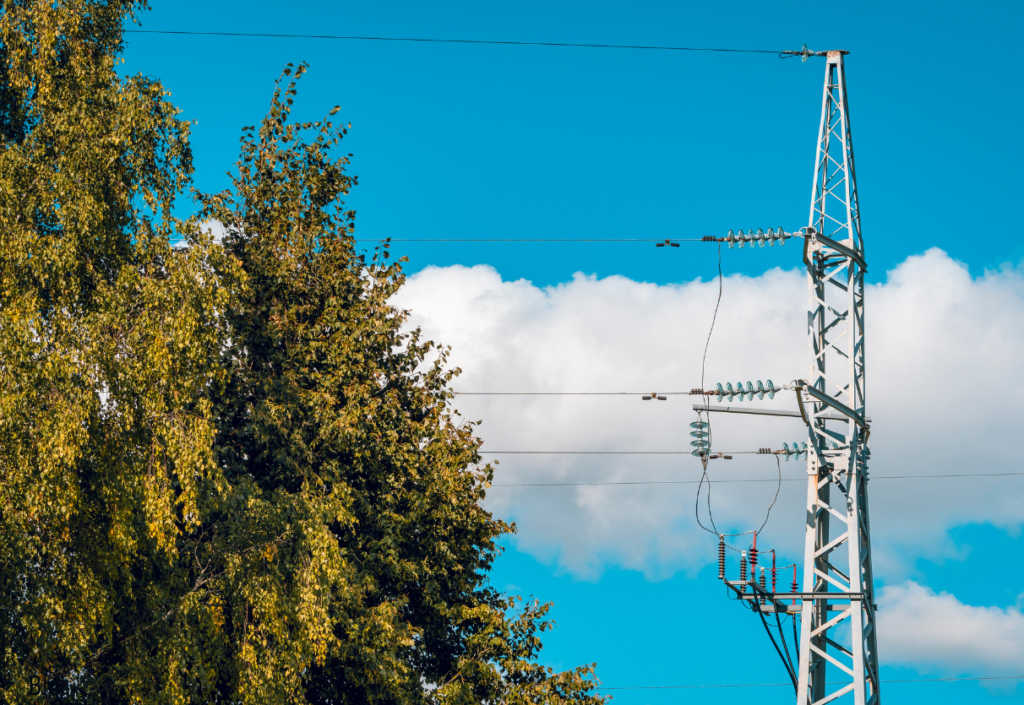
Those who work at utilities know that keeping incompatible trees away from power lines remains one of the most challenging aspects of our work as utilities – putting our companies close to people and the natural surroundings we all treasure. As builders and operators of high-voltage transmission lines we know that vegetation management can be a sensitive issue for landowners. That’s why a vegetation management program rooted in ongoing community engagement and linked to a company’s larger environmental efforts can bring greater acceptance of this critical maintenance work.
Defining vegetation management
At ITC we define incompatible trees and shrubs as those that potentially can grow to the point of interfering with transmission assets. Selective removal of these species in urban, suburban and rural transmission corridors is the cornerstone of our vegetation management program, which seeks to foster a landscape of low-growing, compatible species. Our foresters, who are International Society of Arboriculture Certified Arborists, routinely inspect our corridors to identify both compatible and incompatible species on a site-by-site basis and to recommend appropriate integrated vegetation management methods.
Over the years, we’ve learned that incompatible vegetation must be removed rather than trimmed in order to avoid stimulating aggressive regrowth, which can be especially hazardous during hot summer months when transmission lines sag due to higher energy loads. A secondary objective of our vegetation management program is to keep access to transmission equipment free of woody plants and trees to give our crews room to safely inspect these assets and perform maintenance.
Community engagement is critical
Fortunately, by the time we enter a neighborhood to perform this work, there’s a good chance the community already knows us. We’ve found that maintaining relationships with community leaders helps us to build understanding and support for our vegetation management activities and new capital projects. Attending community board meetings helps our community relations team stay abreast of local issues and discover opportunities to build positive relationships with leaders and others in the community and support local programs. Through these education and outreach efforts, community leaders and residents are well informed about the real impacts that incompatible vegetation can have on the power system.
Our certified foresters are available to discuss individual questions or concerns with residents, and we offer help in selecting vegetation that can be safely established near transmission lines. In certain cases, we schedule our vegetation work for the winter months to minimize disruption to recreational paths and impacts on compatible vegetation.
Vegetation management as environmental stewardship
Managing the high-voltage power grid across several states carries far-ranging environmental responsibility. In fact, the modern utility thinks beyond the safe and reliable delivery of power to consider how its infrastructure works in harmony with the environment.
Since our transmission lines cross all types of urban, suburban and rural environments, it’s important that we co-exist with these surroundings as good stewards of the land, water and air. This commitment – driven by an ISO-14001-based environmental management system – begins in our workplaces and extends to building, operating and maintaining the grid. These systems include poles, towers, power lines and substations incorporated into the nation’s electric infrastructure.
What we’ve learned in weaving sustainability into everything we do can be applied to other industries:
- Getting your house in order first: Starting within the company’s facilities, our Green Team employee volunteer group helps implement environmentally friendly practices. The team reviews everything from recycling and waste reduction to energy consumption in our buildings and was instrumental in creating a zero-landfill program at two ITC warehouses.
- Instilling sustainable practices in the planning phase: When planning transmission projects, we include environmental assessments and apply best practices for wetlands, threatened and endangered species, and other sensitive habitats. By including these factors at the front end of transmission line planning, we can adjust the placement of lines and substations or adjust the timing of construction to avoid or limit the environmental impact.
- Collaboration is key: Conservation organizations can be allies in these stewardship efforts. We partner with local watershed groups, The Nature Conservancy, the U.S. Fish and Wildlife Service, and other natural resources organizations to identify common interests such as controlling invasive species, restoring habitat, and expanding natural prairie grass coverage in our corridors as an alternative to cyclical mowing. Once these organizations are familiar with ITC, we can approach one another with a baseline of trust as we move forward with our intersecting interests.
- Day-to-day operations: The daily operation and maintenance of our transmission systems and management of vegetation under and around our corridors can accomplish more than the main objective of maintaining safe and reliable electric service. Using a combination of integrated vegetation management methods to promote compatible species, this required maintenance work can result in diverse, stable, natural greenways where grasses, wildflowers and low-growing shrubs thrive from reduced environmental disturbance. We are gratified that the Wildlife Habitat Counsel has recognized such efforts across our footprint – most recently with an award for our native plant seeding project in ITC’s transmission line right-of-way at Tomlinson Arboretum in Clinton Township, Mich.
Maintaining a dialog with the community to gain greater understanding of vegetation management and viewing this work as part of our company’s holistic environmental stewardship program has paid off for us. Few industries operate as close to nature as utilities, so our industry is uniquely positioned to partner with communities and contribute to environmental sustainability — all while keeping safe and reliable power flowing to customers.

